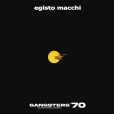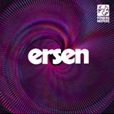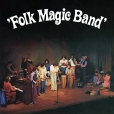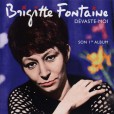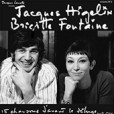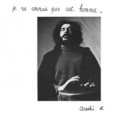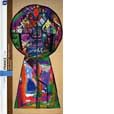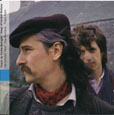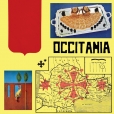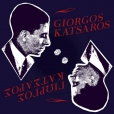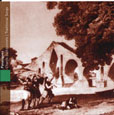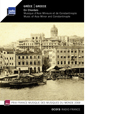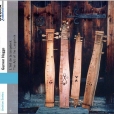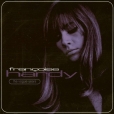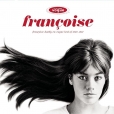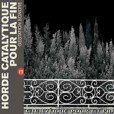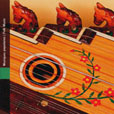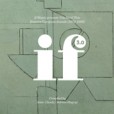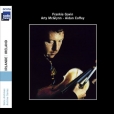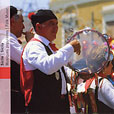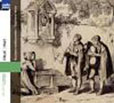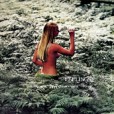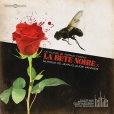Your basket is empty

Created in collaboration with Walter Branchi from the Gruppo di Improvvisazione Nuova Consonanza, this soundtrack to Mino Guerrini’s 1968 film is among the most strikingly experimental of all Macchi’s music for cinema. A suspenseful, jet-propelled fresh mix of
psychedelia, jazz, and improv, threaded with beautiful melodies.
The first time out; from the master tapes.
Anatolian funk rock revive.
Originally released by the Folkstudio label in 1976, this is infectiously exuberant, eighteen-piece spiritual jazz in the tradition of the Arkestra, the Organic Music Society, and Mingus; strung between the post-war big bands and the Italian outernationalism of projects like Aktuala and Futuro Antico, drawing in music from Asia, Africa, and Latin America.
Her debut album, thirteen ‘chansons décadentes et fantasmagoriques’, originally released in 1966.
Her 1967 album of duets with Jacques Higelin, retaining arranger Jimmy Walter from her debut, the previous year. Two songs here — La Grippe and Maman — became centrepieces of the duo’s stage musical, Maman J’ai Peur.
From 1973, the first of her recordings as a duo with Areski. ‘Deeply rooted in North African and European folk traditions… evocative vignettes with breezy vocals and minimal accompaniment of classical guitar, strings and woodwinds… One of their best-loved albums, for its remarkable sense of intimacy… beckoning listeners into a strange and beautiful world.’
‘Wild songs’ (without words), sophisticated choral singing, improvisations, pastorals and newer song forms.
Erik Marchand singing, with his accompanist Thierry Robin finding the ud better suited than guitar or mandolin to the intervalic arrangements of quarter tones peculiar to this repertoire.
The Theodore Vassilikos Ensemble powerfully performing Petros Bereketis — extended variations on eight modes — the most important composer of the golden age of Byzantine music, an eastward Bach.
Stirring, beautiful historical recordings of paralogues — deep, traditional melodies — drawn from folklore, everyday life and classical mythology: solo voice, or choral, or with clarinet, ud, lyre, violins.
Invigorating, soulful music; warmly recommended.
The langeleik is a box zither with one melodic string, and three to eight accompaniment strings or drones. Gunvor was taught by her grandmother. Here she is joined occasionally by two violinists and a a second zither.
The compositions are mostly traditional and centuries-old. The drones draw you in deep; the melodies take flight. Rapturous waltzes, giddying dance music, aching laments, sublime evocations of nature…
The French avant-garde quartet, four years in, improvising with instruments from Western, African, Middle-Eastern, and Far-Eastern cultures. Recorded for Futura in 1971, this is their sole album. “We just wanted the sound, the raw sound-texture, before being treated and shaped by any cultural code.”
Following in the footsteps of Bela Bartok across Transdanubia, the Highlands, the Great Plain: marvellous recordings over thirty years of hurdy-gurdy, cymbalum, shepherd’s pipe, bagpipe, popular song.
Six tracks spanning infectious Polish disco (Karolak and Korzyński), bustling break-heavy jazz from the Polski Jazz Ensemble and Russki Yahilevich, heartwarming spiritual jazz from Hungary’s Binder Quintet (featuring John Tchicai)... and Alojz Bouda’s oddball Slovakian synth banger, Random.
Work songs, music and songs about everyday life, or the calendar, or perhaps to run alongside ritual feasts, with guitar, mandolin, accordion, guimbarde, tambourine, bagpipe and reed flute.
1950s recordings, mostly vocal, with wide range and variety — Alpine choral polyphony, poetic improvisation from Central Italy, funeral laments from the South, Sicilian songs to cure tarantula bites…
The legendary Library album by Sandro Brugnolini and Stefano Torossi, undercover in 1975 for contractual reasons.
Bad-ass headz vibes — madly sampledelic, super-funky, jazzy and widescreen — with the genies of Herbie, Barry White, Isaac Hayes and the Mizells, all in the mix.
Two fabled, previously unreleased soundtracks — hallucinogenic orchestral music for Patrick Chaput, and a waltzing, rhythmic onslaught for Robert Benayoun — complete with an extensive booklet of essays, interviews, secrets and rare images from both films.
